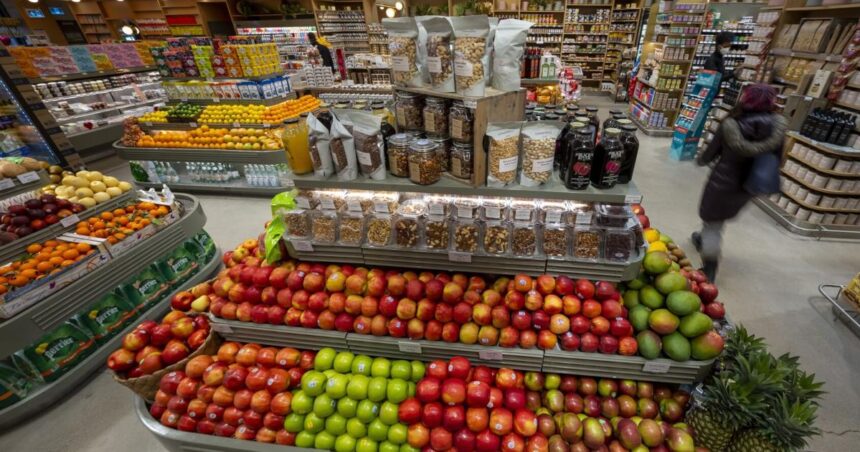After years of contentious negotiations and growing public pressure, Canada’s long-awaited grocery code of conduct is finally approaching the implementation stage—a development that could reshape the relationship between retailers, suppliers, and ultimately, the shopping experience for everyday Canadians.
The voluntary code, aimed at establishing fair business practices in Canada’s highly concentrated grocery sector, has now secured commitments from major industry players including Loblaw, Metro, and Walmart Canada. This marks a pivotal shift after initial resistance from some of the country’s largest food retailers.
“This represents a fundamental change in how business is conducted in the grocery sector,” said Michael Graydon, CEO of Food, Health & Consumer Products of Canada, who has been instrumental in developing the code. “We’re moving toward more transparent, predictable relationships between suppliers and retailers, which ultimately benefits the consumer.”
The code addresses longstanding complaints from food producers and manufacturers about arbitrary fees, unilateral contract changes, and delayed payments that have plagued the industry. These practices have particularly disadvantaged smaller suppliers who lack the negotiating power of multinational corporations.
For shoppers navigating Canada’s grocery landscape, the impact could be significant. Industry experts anticipate greater product diversity on store shelves as smaller suppliers gain improved access to major retailers. The code’s provisions for more stable business relationships may also encourage innovation and new product development that previously faced substantial barriers to market entry.
“When suppliers have confidence in the stability of their retail relationships, they’re more willing to invest in new products and innovations,” explained Sylvain Charlebois, director of the Agri-Food Analytics Lab at Dalhousie University. “This could translate to more choice and potentially more competitive pricing for consumers.”
The code comes amid intense scrutiny of Canada’s grocery sector, which has faced accusations of profiteering during periods of high inflation. While the major grocery chains have defended their practices, pointing to increased operational costs and global supply challenges, consumer advocates have questioned the timing and scale of price increases.
Implementation challenges remain, however. The code’s voluntary nature has raised questions about enforcement mechanisms and whether all parties will consistently adhere to its principles. The establishment of an independent adjudication system will be crucial for resolving disputes and ensuring compliance.
Gary Sands, senior vice-president of the Canadian Federation of Independent Grocers, expressed cautious optimism: “This is an important first step, but the effectiveness of the code will depend on genuine commitment from all parties involved. The details of implementation will matter enormously.”
International precedents suggest potential for success. The United Kingdom implemented a similar code in 2010, which has been credited with improving supplier relations and fostering greater market diversity. Australia’s food and grocery code, established in 2015, has also shown positive results despite initial skepticism.
For Canadian consumers watching their grocery bills, the most pressing question remains: will this translate to more affordable food? Experts caution that direct price impacts may be modest in the short term, but the long-term benefits of a more competitive and innovative marketplace could eventually influence pricing dynamics.
As Canada’s retail food sector prepares for this significant regulatory shift, the true test will be in the execution. Will this long-awaited code of conduct finally bring balance to a notoriously uneven playing field, or will powerful industry players find ways to maintain the status quo despite new guidelines? For millions of Canadians filling their shopping carts each week, the answer could reshape their relationship with the grocery store for years to come.










